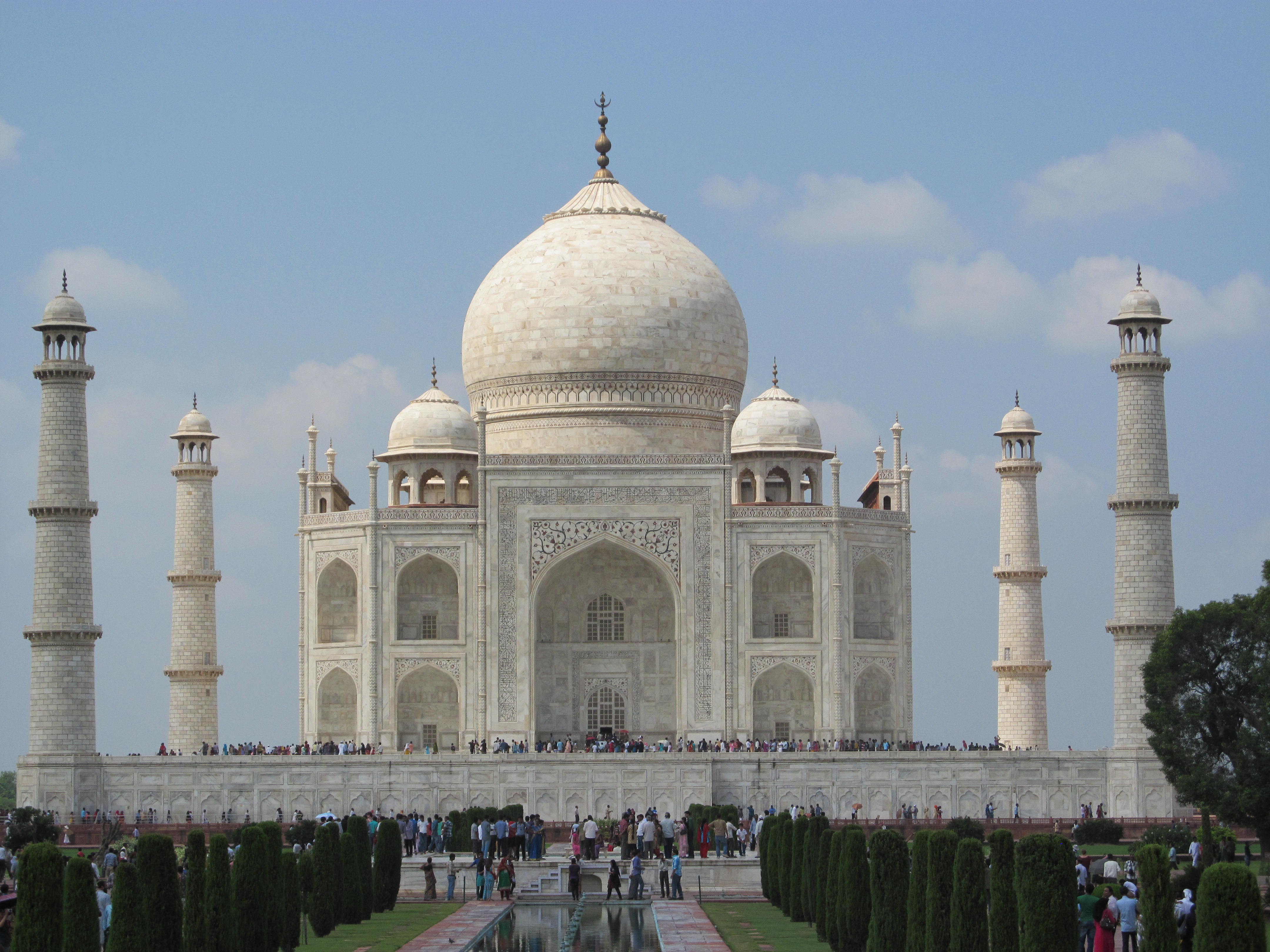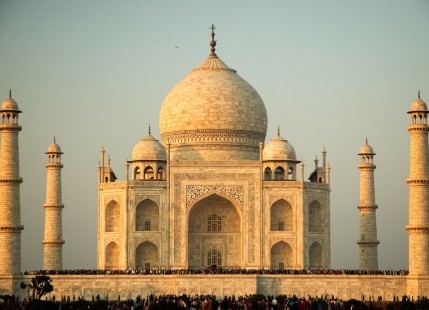How do the pollutants that cause acid rain get into the air?
1 Answer
Pollutants that cause acid rain are typically released into the air as gases from industrial processes (factories usually).
Explanation:
The pollutants most commonly attributed to acid rain are sulfur dioxide (
Infrastructure that is habitually exposed to acid rain will eventually deteriorate or discolor, plants aquatic life can be killed after just one storm. I'll write out the chemical equations below:
Sulfur Dioxide
Nitrogen Dioxide
Nitrogen dioxide (
Read more about the formula of acid rain here.
------------------------------------------------------------------
This is the Taj Mahal prior to an acid rain storm:

**Courtesy of: Rajesnewdelhi - Own work, CC BY-SA 3.0, https://commons.wikimedia.org/w/index.php?curid=29053600**
This is the Taj Mahal after an acid rain storm:

**Courtesy of: http://www.skymetweather.com/content/weather-faqs/what-is-acid-rain-and-its-adverse-effects/**
The Taj Mahal loacted in Agra, India is made of marble. That yellowing in the after picture is the result of the acid rain.


